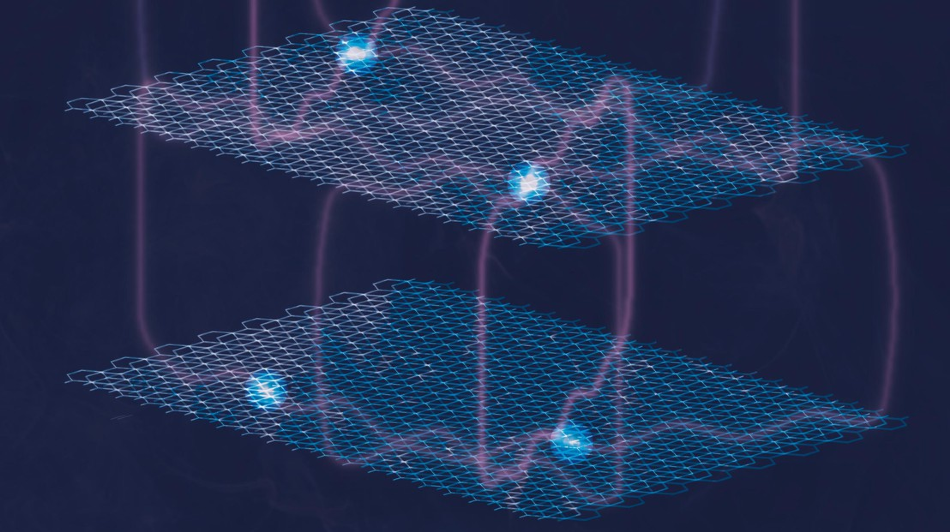Jun 15 2020
At times, major discoveries in the materials science realm can be found in unusual places. At EPFL’s Laboratory of Quantum Materials, researchers studying the resistivity of PdCoO2, a kind of delafossite, have found that the behavior of electrons in their sample was not as predicted.

Image Credit: © 2020 EPFL/QMAT.
Upon applying a magnetic field, signatures of their wave-like nature were retained by the electrons, which could be visualized even under comparatively high-temperature conditions and emerged in somewhat large sizes.
These astonishing results, achieved jointly with various research institutions, could prove valuable, for instance, in the search for quantum computing. The study was recently published in the renowned journal Science.
To understand the importance of this discovery, it is necessary to visualize oneself on the minuscule scale of atoms. At the atomic level, it is observed that metals—although often regarded as highly dense—actually include a number of empty spaces around the atoms.
The electrons moving in such interstitial spaces exhibit a twofold nature, acting both as particles and waves. In general, the movements of electrons in a metal wire are captured well by their particle-like behavior. This is because their wave-like nature is way too faint and concealed by several other interactions.
Experiments by Richard Webb and colleagues had prominently unraveled the wave character of electrons in metals only under exclusively specific laboratory conditions, specifically at extremely low temperatures.
The sample analyzed was PdCoO2, the electronic structure of which is almost two-dimensional and very pure. In the field of chemistry, this material is used as a catalyst. The researchers were amazed to see a new kind of oscillations possessing considerable coherence lengths upon subjecting the sample to a magnetic field.
This coherence is crucial while attempting to maintain quantum states and the conditions under which it emerged should not have been feasible under the basic principles of physics. Here, they were observed at length scales of up to 12 μm and temperatures up to 60 K.
“It is Gigantic!”
This is truly surprising. It’s the very first time this quantum effect has been observed in such a large piece of metal. 12 micrometers may seem small, but for the dimensions of an atom, it is gigantic. This is the length scale of biological life, such as algae and bacteria.
Philip Moll, Head, Laboratory of Quantum Materials, EPFL
The next step for the researchers will be to gain insights into how the phenomenon is possible at such a scale. However, they have already visualized a number of possibilities, specifically in the field of quantum computing.
Journal Reference:
Putzke, C., et al. (2020) h/e oscillations in interlayer transport of delafossites. Science. doi.org/10.1126/science.aay8413.